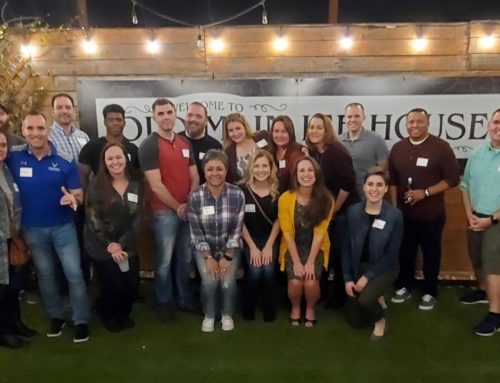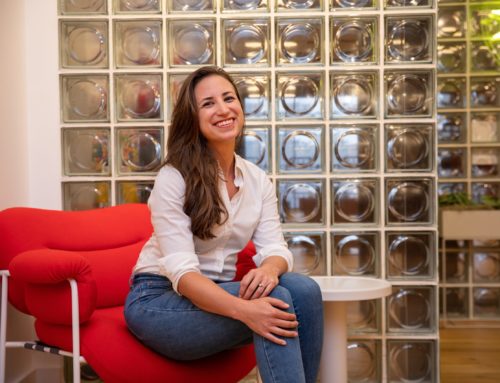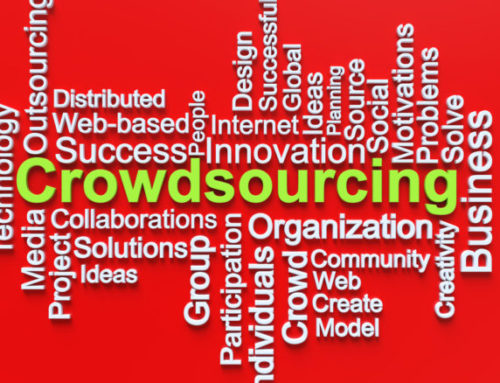I was recently asked in an interview how IdeaScale approaches building a meaningful and productive company culture. I think most founders are asked this question, because it’s one of those foundational aspects of growing and maintaining a business, but I find it particularly important, because it’s also a crucial aspect of whether or not an IdeaScale customer succeed, as well. So what matters to us when we’re building our company and what do we tell our customers they should focus on when they’re trying to shift company culture? There are two things really:
Diversity. The link between diversity and innovation is pretty firmly established now. Organizations that report a high level of diversity are 45% more likely to report market growth and 70% more likely to report capture of a new market. Even in Adam Grant’s book Originals, he talks about how diverse people need to work together in order to create positive change – sometimes even appointing someone to be a team member whose job is to disagree with you.
So how do we try to nurture diversity? We try to create environments that are welcoming and interesting to many different people (so not just ping pong tables and soft drinks, but also wellness programs for Moms or family time off when it’s time to care for one’s parents, time off to vote or volunteer, and finding ways to celebrate the different heritages and identities in our workplace). It’s also about intentionally looking for variety of opinions from age groups, races, socio-economic groups, etc and sometimes even implanting a devil’s advocate into the equation. Even when the minority opinion is not the only position that’s adopted, entertaining the discussion keeps things honest and adds far greater depth to the decisions that are made.
Culture of Learning. One of the Harvard Business Review findings that has influenced me more than any other is the “Unmasking Manly Men” article that detailed a study about men working an oil rig who had gone through a corporate training program that required them to be vulnerable with one another at a personal level: sharing fears, hopes, and regrets (among other activities). What they found was that after these men had completed this program, not only did it improve their workplace experience, the company became more productive, more efficient, and safer. What the authors of the study concluded is that the training program had successfully shown these men that it was okay to ask questions and request help, to work together cooperatively and to accommodate growth over time – what they called creating “a culture of learning.” What this really means is that people are comfortable asking questions, don’t hide their mistakes, and don’t shame others who are still learning.
We do this at IdeaScale by encouraging employees (including leadership) to own their mistakes publicly and showcase how they’re working to correct them – and celebrate when that helps turn things around. We encourage our customers to showcase their innovation wins, but also to showcase innovation “failures” – translating them into lessons learned or risks taken instead. If you don’t do this, your workplace becomes almost completely untenable to new ideas.
What other ways are you influencing workplace culture to make it more welcoming, more innovative, and more productive?




